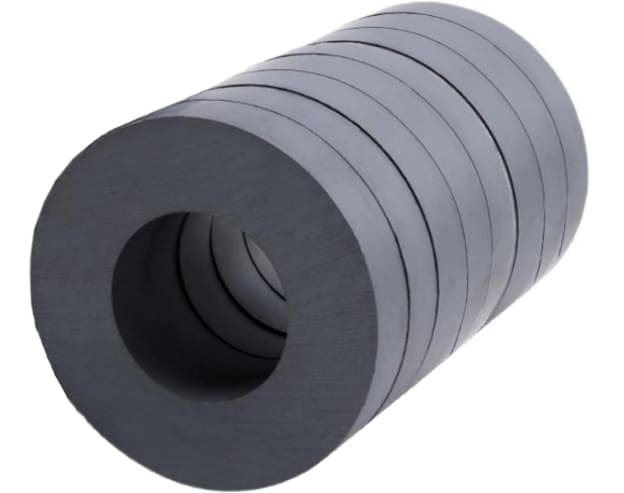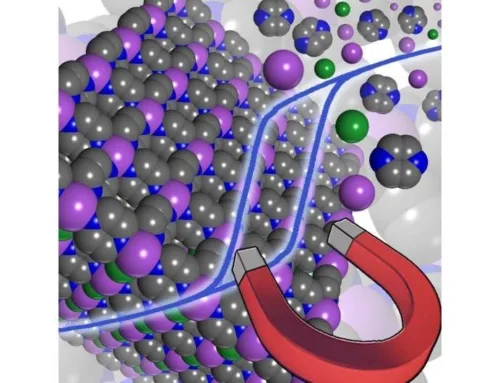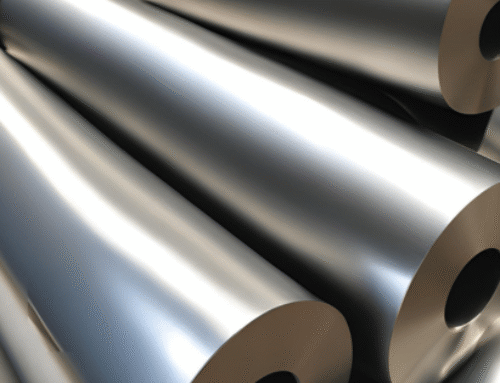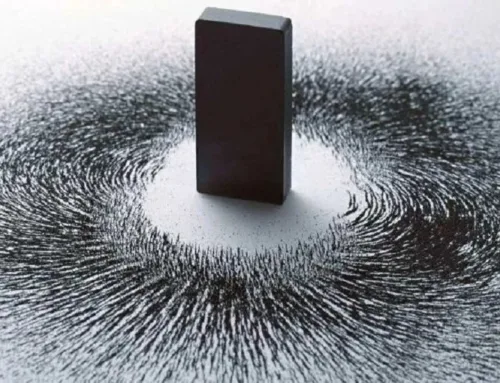What is ferrite?
Ferrite sounds like something from a chemistry lab. But in fact, it’s a key part of many electronics you use every day.
Ferrite is a magnetic ceramic material made from iron oxide and other metals. It offers high resistivity and low eddy current loss, making it perfect for high-frequency applications.

ferrite magnet
You might not notice it, but ferrite is quietly working inside your devices—from radios to transformers. Let’s look at what makes ferrite so valuable and where it’s used.
What is ferrite used for?
If you’ve ever opened an old radio or looked inside a power adapter, you’ve probably seen ferrite. It’s everywhere.
Ferrite is used in transformers, inductors, antennas, and other electronic parts that deal with high-frequency signals. It helps reduce energy loss and increase efficiency.
Where ferrite shows up—and why it matters
Ferrite plays a big role in electronic engineering. Its high electrical resistance keeps energy from being lost as heat. That’s important when dealing with alternating current at high frequencies.
Let me break down where ferrite is commonly used:
| Application Area | Ferrite Role |
|---|---|
| Transformers | Acts as magnetic core to reduce loss |
| Inductors | Stores energy in magnetic field |
| Antennas | Increases signal strength and clarity |
| Ferrite beads/cores | Filters electromagnetic interference (EMI) |
| Radio and TV circuits | Used in tuning and frequency control |
Ferrite is especially useful in communication systems. For example, in power supplies, it helps regulate voltage while reducing noise. It’s also used in automotive ignition systems and wireless charging coils.
In my factory, one of the most requested parts from customers is a ferrite core for switching power transformers. Clients in Germany and Southeast Asia often request customized shapes and tolerances for specific circuit needs. Because ferrite is easy to shape and mold, it gives us flexibility to meet those requests.

Ferrite core
Is ferrite a ceramic?
Ceramics usually make people think of pottery. But ferrite? Yes, it’s a type of ceramic—just not the one you drink tea from.
Ferrite is a magnetic ceramic material made by firing metal oxides at high temperatures. It combines properties of ceramics with magnetic performance.
What makes ferrite a ceramic—and what that means
Ceramics are non-metallic solids formed through heat. Ferrite fits that definition. It is made from iron oxide and one or more other metals (like manganese, nickel, or zinc), processed at high heat into a hard, dense material.
Here’s why that matters:
1. Material Properties
- Non-conductive: Helps reduce eddy current losses
- Brittle: Needs careful handling during cutting or shaping
- Stable: Can withstand wide temperature ranges without losing performance
2. Processing Method
Ferrite is produced through a ceramic process:
- Mix raw oxides
- Press into molds
- Sinter at high temperature (~1200°C)
- Grind or polish as needed
This process makes ferrite cheap to produce at scale. It also gives it a uniform structure that performs reliably.
From my early factory days, I remember working with ferrite cores that would chip if not handled gently. But when done right, ferrite provides a consistent magnetic response that’s perfect for use in transformers and inductors.
What are the applications of ferrite?
Most people don’t notice ferrite, but its applications are everywhere—from the smallest earphones to power stations.
Ferrite is used in electronics, communications, automotive systems, power tools, and more. It helps reduce electrical loss, boost efficiency, and block noise.
Ferrite’s footprint in the modern world
Ferrite’s value lies in its balance: it’s cheap, stable, and effective. That’s why it finds use across so many industries.
Let’s organize this a bit:
| Industry | Ferrite Use |
|---|---|
| Consumer electronics | Radios, TVs, phone chargers |
| Automotive | Ignition coils, sensors |
| Power supply | Transformers, inductors |
| Industrial equipment | Motors, control systems |
| Telecommunication | Antennas, signal filters |
Ferrite beads, for example, are small components added to USB cables to block high-frequency noise. That small lump near the end of your charging cable? That’s a ferrite filter.
In our business, we once worked with a client who made smart home devices. They had issues with signal noise. We introduced a custom ferrite core for their power circuit. It solved the issue and reduced return rates.
Ferrite might not look fancy, but it’s reliable. And in today’s world, that’s gold.
What are the advantages of ferrite?
Everyone loves a material that just works. Ferrite is one of those—simple, affordable, and effective.
Ferrite has high electrical resistivity, excellent magnetic permeability, and resists corrosion. It’s cost-effective and ideal for high-frequency applications.
Why ferrite continues to dominate certain industries
Here’s why engineers and designers keep turning to ferrite:
1. High Resistivity
This reduces eddy current losses. That’s critical in high-frequency electronics where metals would otherwise heat up and lose energy.
2. Magnetic Permeability
Ferrite handles magnetic fields well, which makes it excellent for core materials in transformers and inductors.
3. Cost and Availability
The raw materials—like iron oxide—are cheap and widely available. The production process is simple, too. This keeps costs low, especially for bulk orders.
4. Corrosion Resistance
Unlike metallic magnets, ferrite doesn’t need extra coatings. It naturally resists moisture and chemicals.
Here’s a summary table:
| Advantage | Why It Matters |
|---|---|
| High resistivity | Less energy lost as heat |
| Magnetic performance | Strong in high-frequency circuits |
| Cost-effective | Great for large-volume production |
| Durable | Stable over time, resists rust |
Of course, ferrite isn’t perfect. It’s brittle and stores less magnetic energy than neodymium or alnico. But for general use in electronics, it checks most boxes.
In my own product lines, ferrite is the go-to choice for budget-conscious customers. I’ve had clients specifically switch from neodymium to ferrite to reduce costs without compromising too much on performance.
Conclusion
Ferrite is a smart, affordable solution for many magnetic and electronic needs. It’s reliable, easy to work with, and still widely used in high-frequency circuits.





Leave A Comment